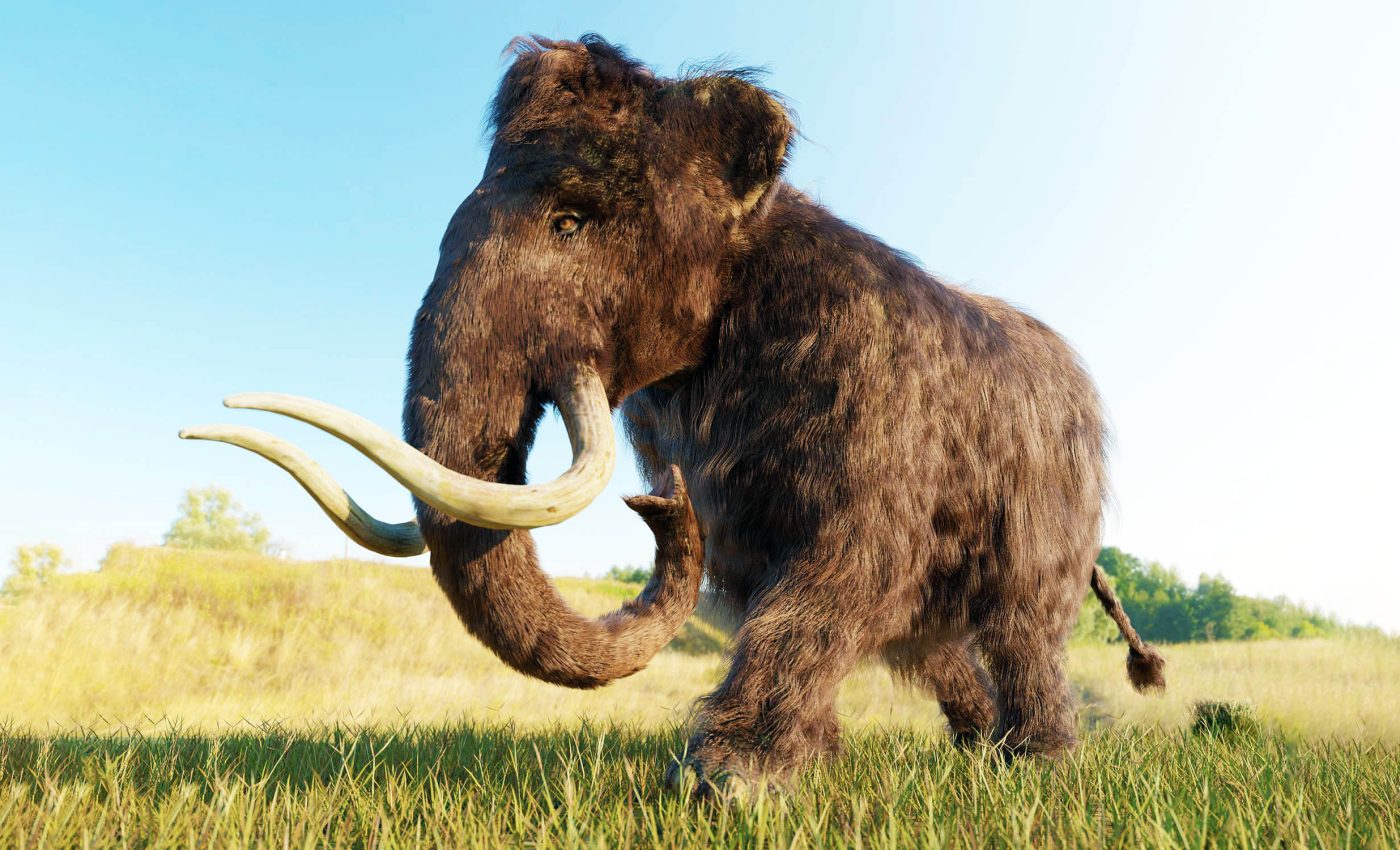
Woolly mammoths were inbred, but that didn't cause their extinction
Let’s journey back in time, precisely about four thousand years ago, to when the last woolly mammoth of the world took its final breath. If you think these majestic creatures met their end purely because of their remote lifestyle, think again. New research suggests a thrilling and somewhat enigmatic twist to the traditional narrative on woolly mammoths extinction.
Enigma of Wrangel island
Our story begins on Wrangel Island, off the coast of Siberia. This secluded set-up was home to the last of these incredible beasts.
Such isolation might naturally lead us to believe these mammoths became victims of inbreeding — the detrimental result of offspring from closely related species. However, new studies fundamentally challenge this presumption.
Clues to woolly mammoth extinction
But before we take that plunge into research, it’s worth understanding the implications of extinction. When a species fades into oblivion, we lose an integral part of our world’s biological diversity. It’s a shattering domino effect that puts so many other lives in jeopardy.
According to one study, it’s confirmed that these last mammoths were indeed inbred. However, contrary to popular belief, inbreeding wasn’t their downfall.
Over time, the Wrangel Island herd succeeded in eliminating harmful genetic mutations. This points towards a random event that might have triggered their extinction.
This study is “remarkable,” says paleontologist Joshua Miller, a paleontologist from the University of Cincinnati. Though Miller did not participate in the research, he acknowledges its significance.
According to him, it not only unravels the mystery behind Wrangel Island’s woolly mammoths but also provides insights on preserving endangered species today.
Genetic toolbox
“Genetic variation is the general toolbox that animals have in order to adapt to changes in the environment,” explains Love Dalén, an evolutionary geneticist. Every species needs a well-equipped toolbox to adapt to environmental changes.
This toolbox becomes significantly less versatile when there’s inbreeding within isolated groups. The resultant gene variation could eventually lead to disease and death, thus paving the way for extinction.
Historically, many scientists have claimed this “meltdown model” was responsible for the extinction of mammoths.
But Dalén and his colleagues have been challenging this theory for over a decade, and their latest evidence stands firmly in their corner.
Deciphering woolly mammoth DNA
The team has been collecting woolly mammoth remains from Wrangel Island and Siberia. They’ve extracted each animal’s complete DNA set and analyzed 21 of those genomes.
What they’ve found is that the most harmful mutations became less common over time, possibly because carriers of these mutations didn’t reproduce.
Insights from the past
The revelations surrounding the last woolly mammoths provide not just a glimpse into their existence, but also significant lessons for contemporary conservation efforts.
By analyzing the genetic diversity and reproductive strategies of these mammals, conservationists can better understand which traits are vital for the survival of endangered species today. It serves as a powerful reminder that even species that appear to be on the brink can possess hidden resilience.
Thus, studying their past can empower us to implement more effective strategies in preserving the dwindling populations of many species facing similar challenges.
Future of mammoth extinction
As we contemplate the findings related to the extinction of the woolly mammoths, we must also consider the broader implications for future generations. The challenge of preserving biodiversity has never been more pressing.
By understanding the factors that led to the downfall of these iconic creatures, we can creatively adapt our conservation frameworks.
As the world faces climate change and habitat loss, fostering genetic diversity within endangered species can ensure robust populations equipped to adapt to novel environments.
In essence, the story of the woolly mammoth does not merely end with its extinction; it continues to inform and inspire a movement towards a more sustainable coexistence with our natural world.
Mammoth extinction still unsettled
Vincent Lynch, an evolutionary biologist at the University at Buffalo, supports these findings. Although he argues that while the data contradict the meltdown model, they don’t entirely dismiss it.
Small mutations might have made the mammoths susceptible to threats like disease, climate shifts, or human settlers.
What makes this discovery even more intriguing is that the team couldn’t retrieve high-quality DNA from the final generations of Wrangel Island mammoths. So, their last moments continue to be shrouded in mystery.
“Maybe they were just unlucky,” says Dalén. If some unexpected calamity hadn’t struck Wrangel Island, who knows, we might have had mammoths strolling around today.
In the end, science always keeps us on our toes, just like this captivating tale of the world’s last woolly mammoths. As we keep exploring, who knows what astonishing discoveries await us? After all, isn’t that the beauty of this never-ending journey of knowledge?
—–
Like what you read? Subscribe to our newsletter for engaging articles, exclusive content, and the latest updates.
Check us out on EarthSnap, a free app brought to you by Eric Ralls and Earth.com.
—–













